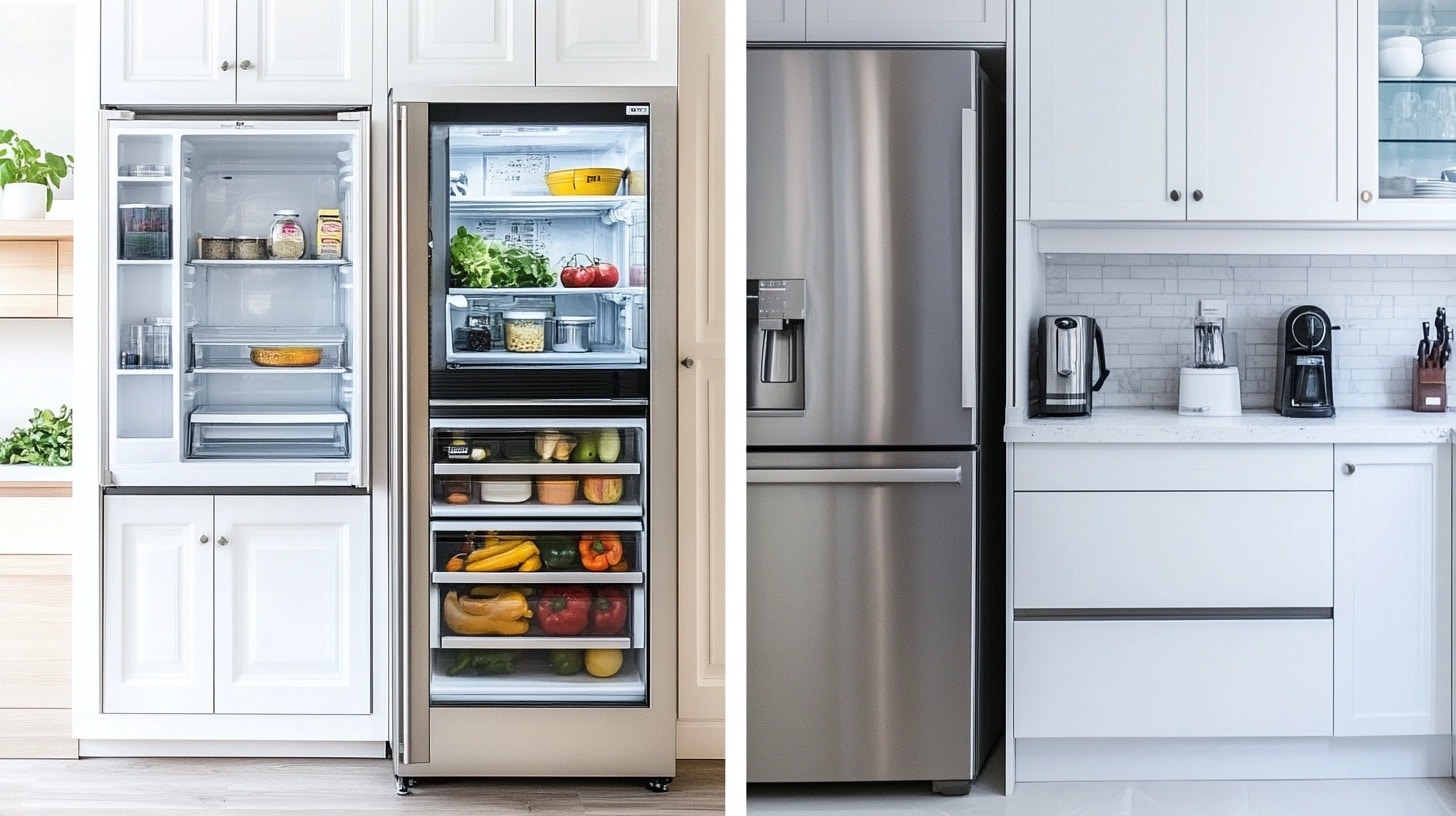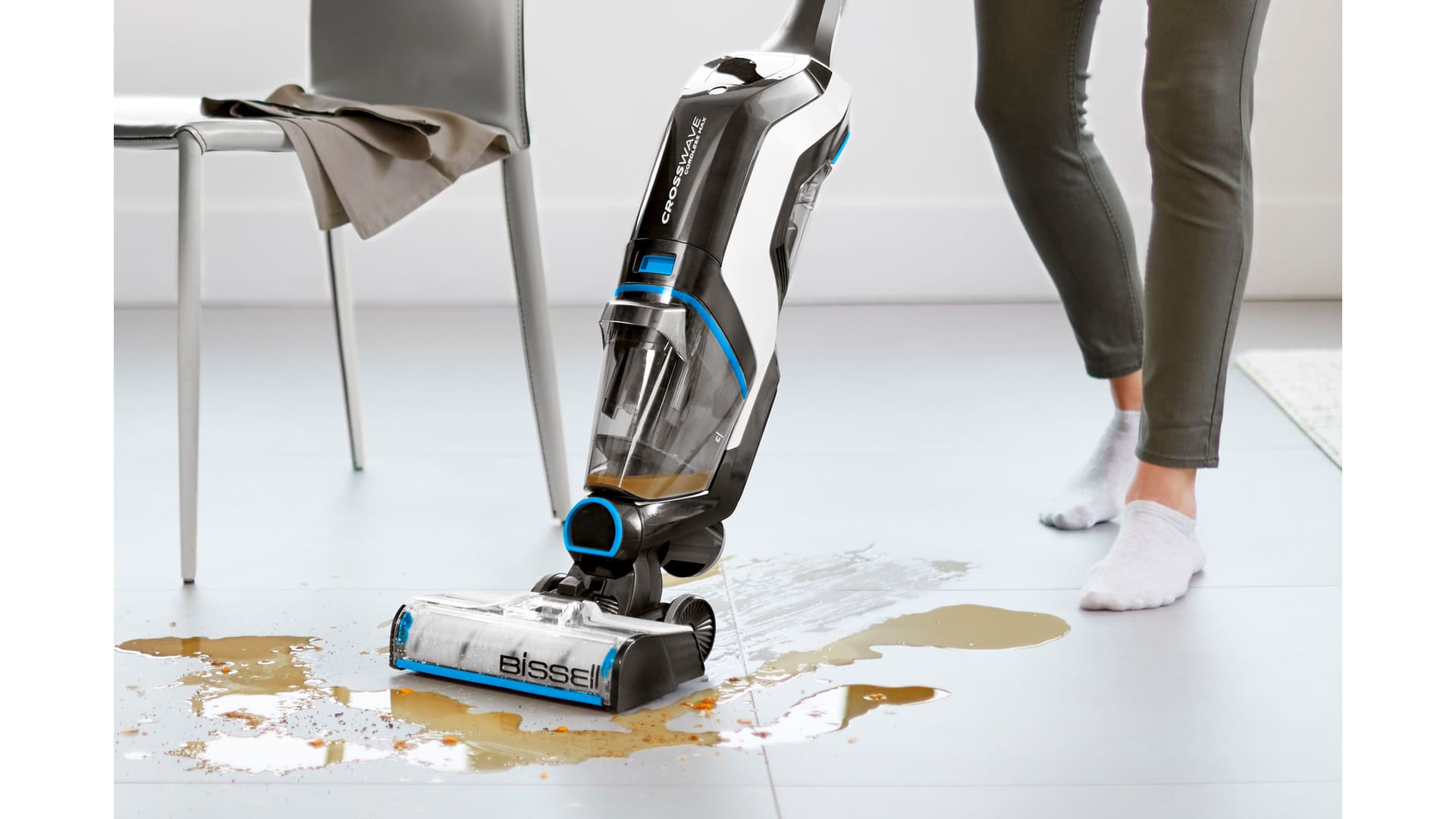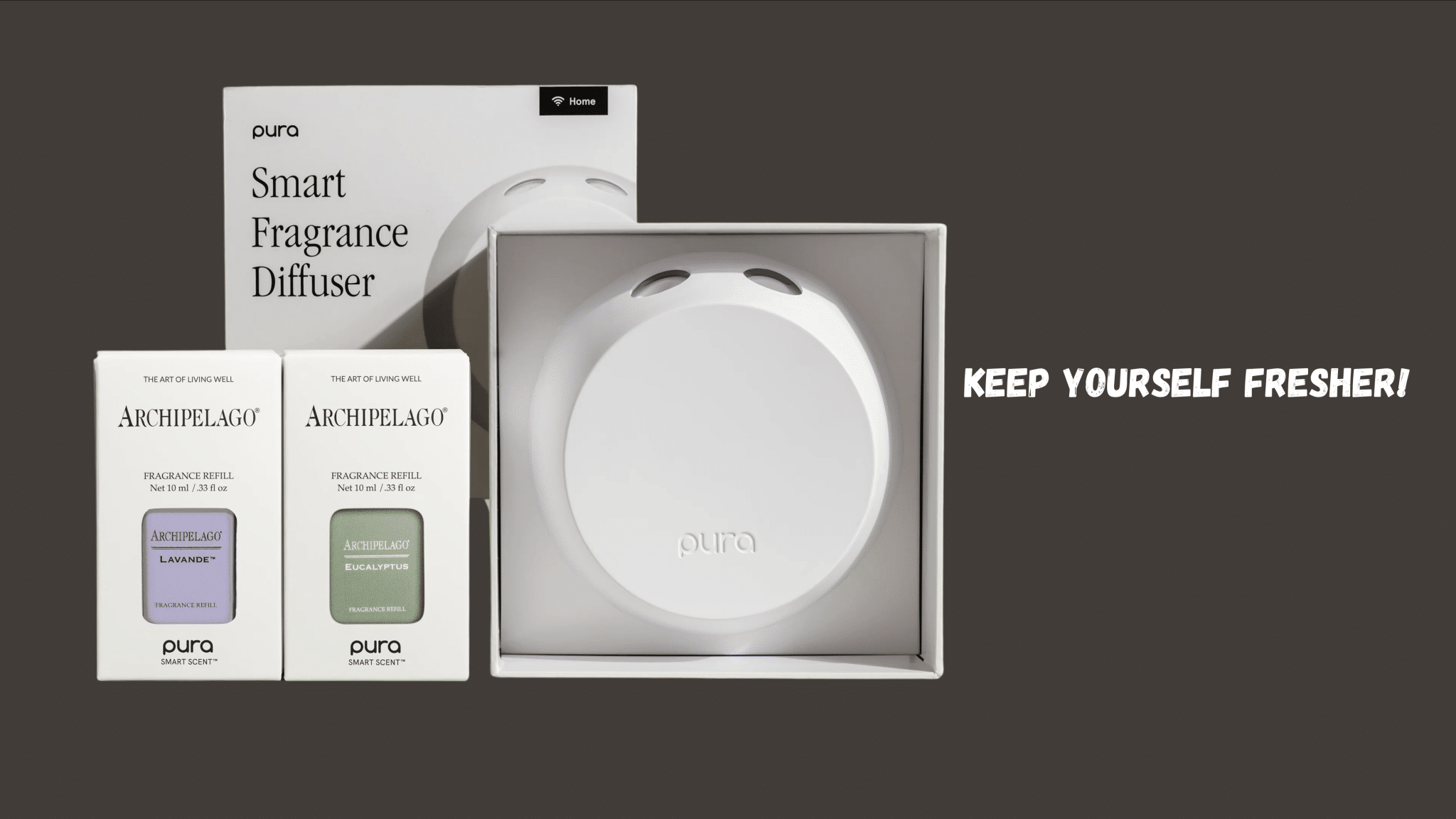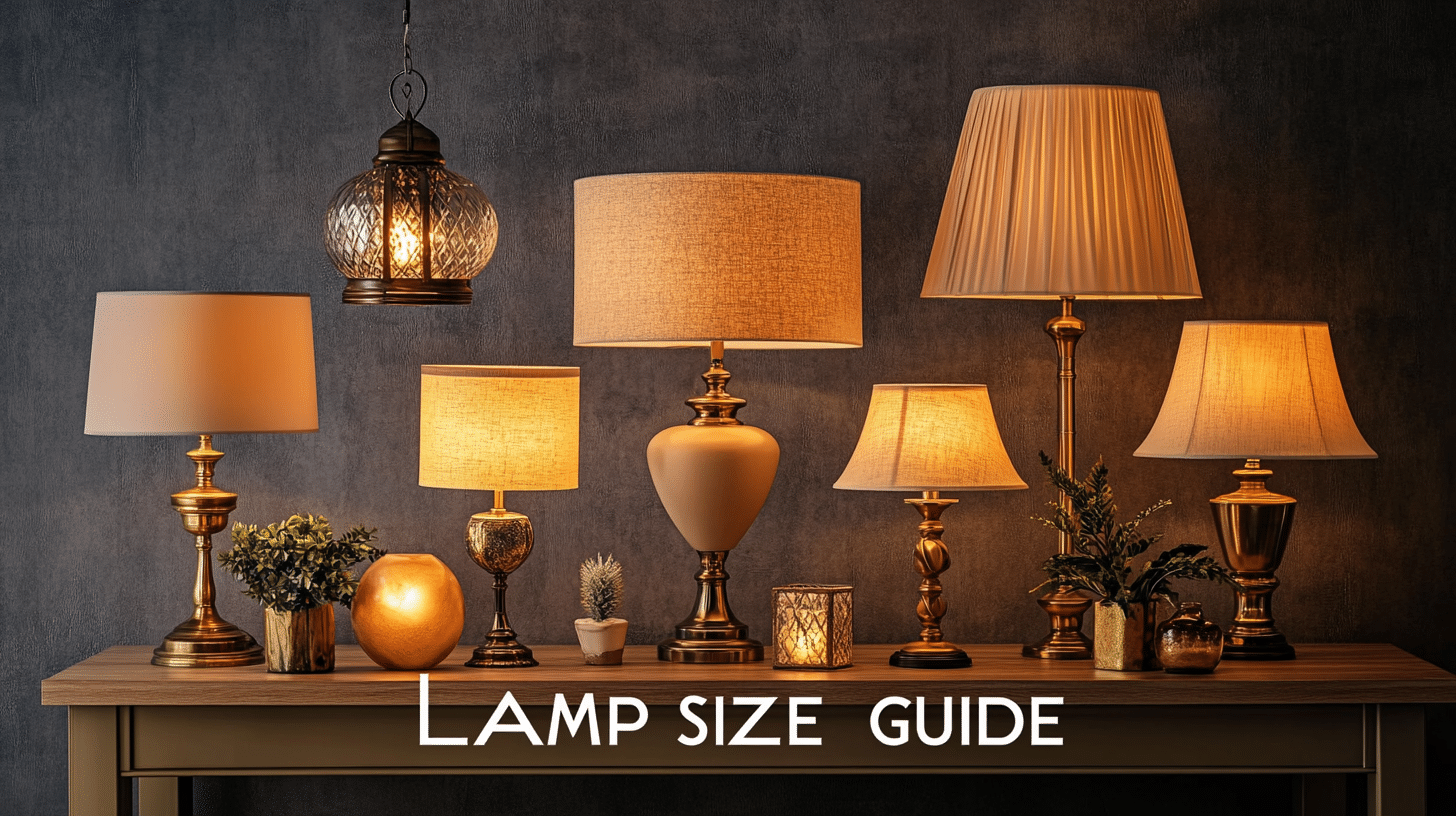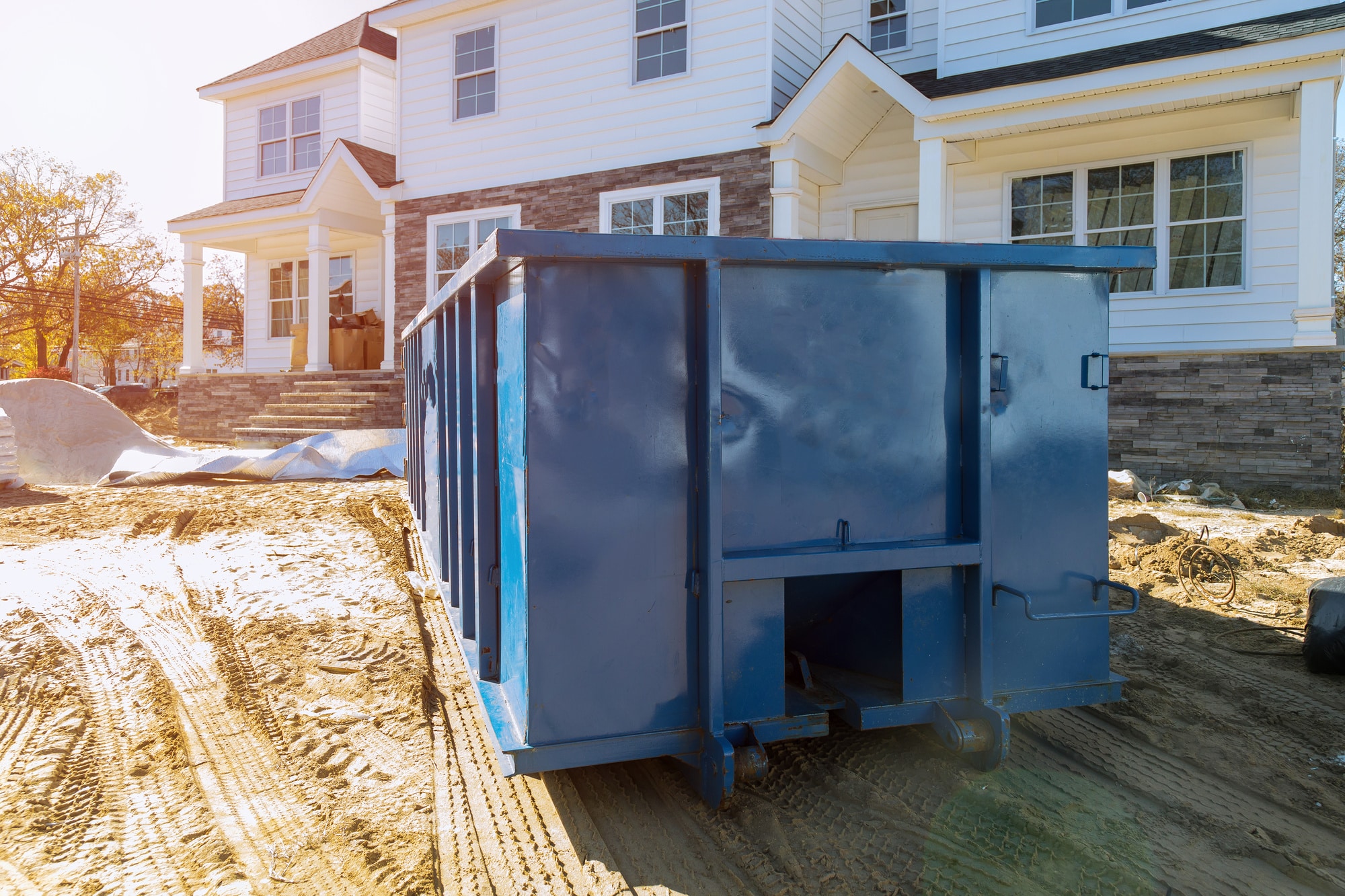Choosing the Right Fridge: Built-in or Counter Depth
Built-in fridges fit smoothly into your cabinets, while counter-depth models offer a middle ground between standard fridges and built-ins.
Each type comes with its own set of trade-offs regarding space, cost, and style.
This guide helps you understand what makes these two options different. We’ll look at costs, sizes, installation needs, and storage space.
By the end, you’ll know which fridge type matches your kitchen plans, budget, and daily needs.
Let’s examine the key points to consider before making this important choice.
What is a Counter-Depth Refrigerator?
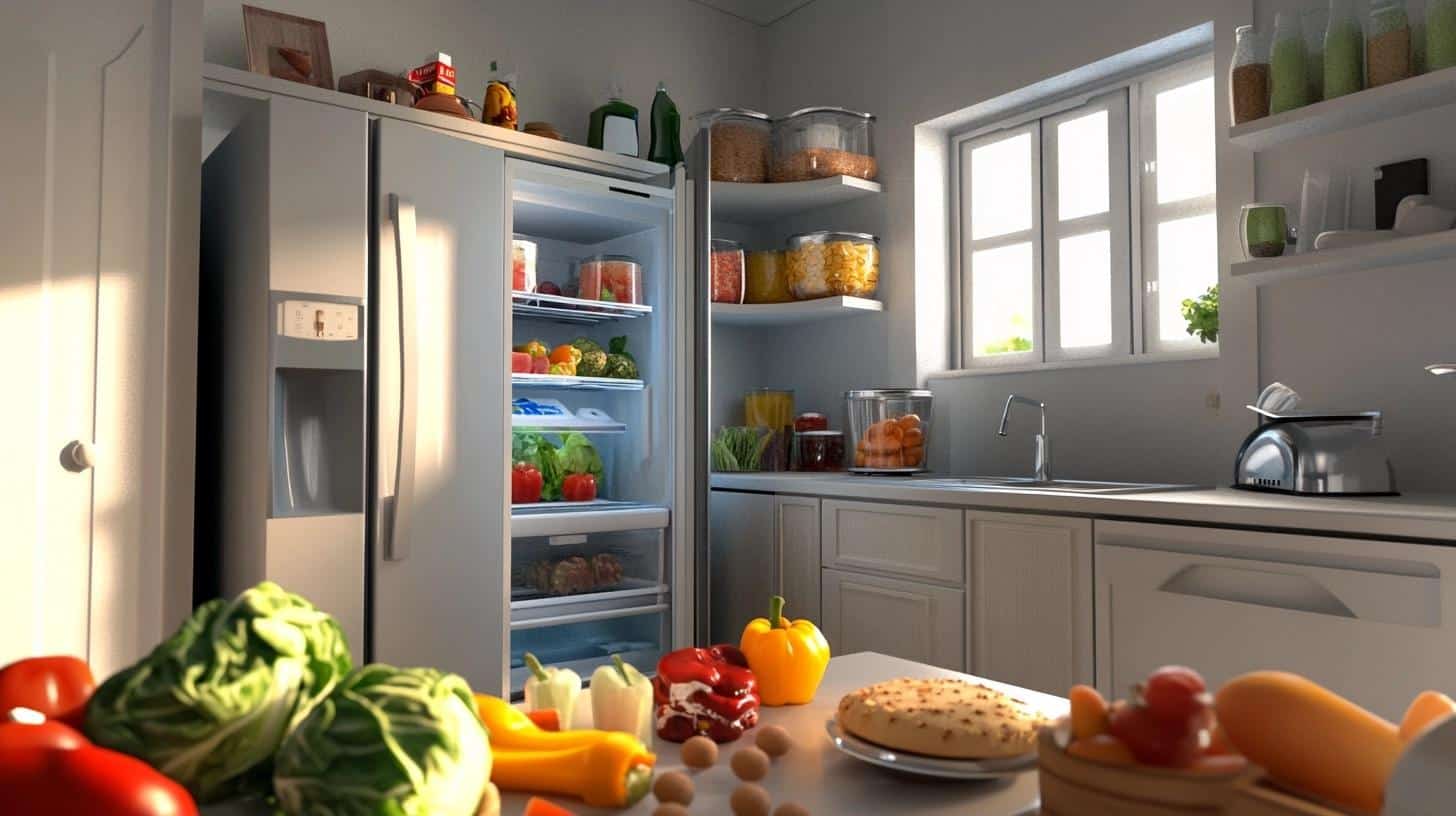
A counter-depth refrigerator is designed to fit smoothly with your kitchen layout.
These appliances are built to match the depth of standard kitchen counters, typically extending between 23 to 27 inches from the wall.
This design helps create a clean, unified look in your kitchen, as the front of the refrigerator stays in line with your countertops and cabinets instead of sticking out into the walking space.
Types of Counter-Depth Refrigerators
1. Side-by-Side Models
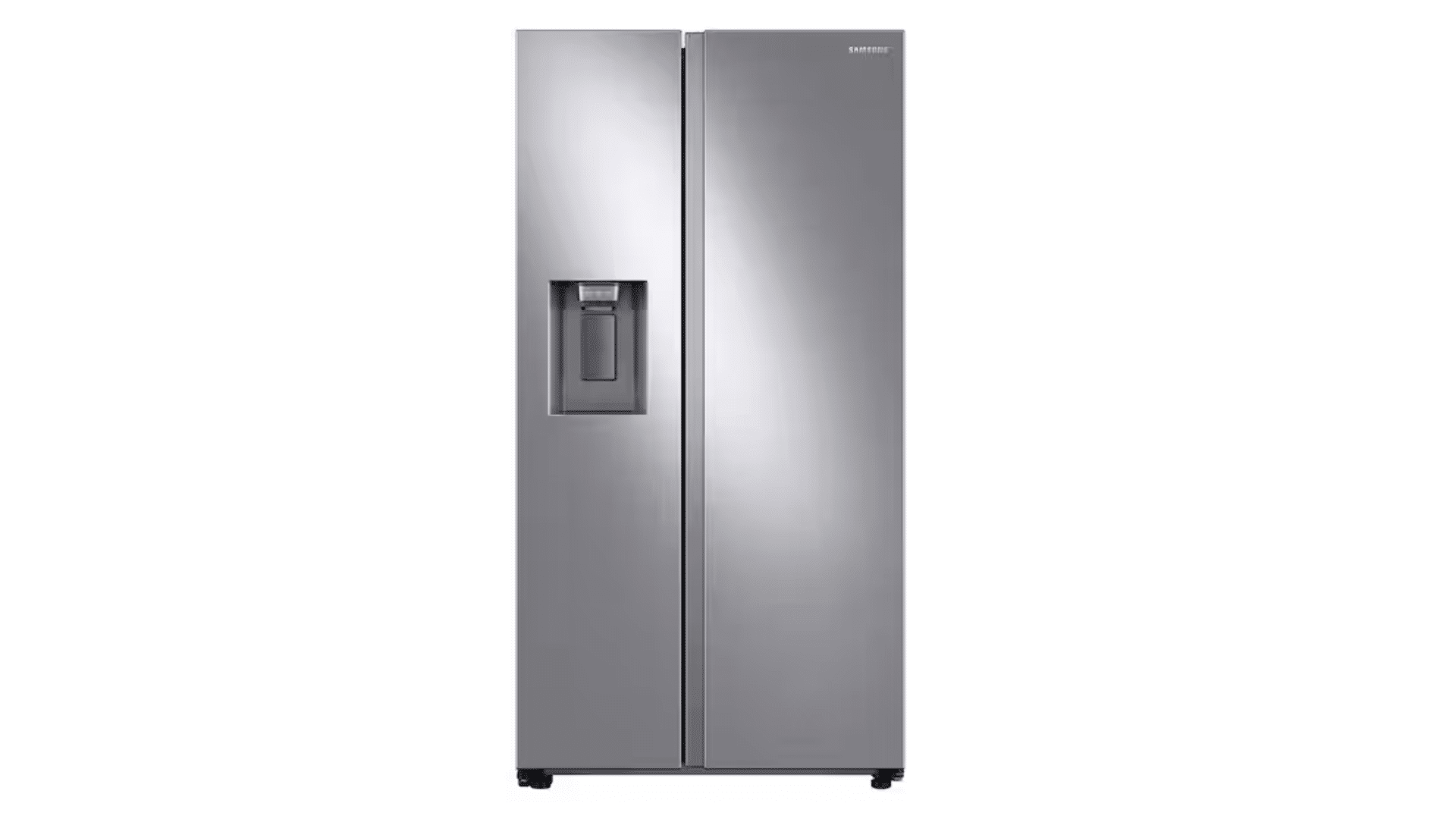
These refrigerators split the space vertically, with two open doors from the middle.
The refrigerator section takes up one side while the freezer occupies the other.
This design makes accessing fresh and frozen foods easy at comfortable heights.
2. French Door Style
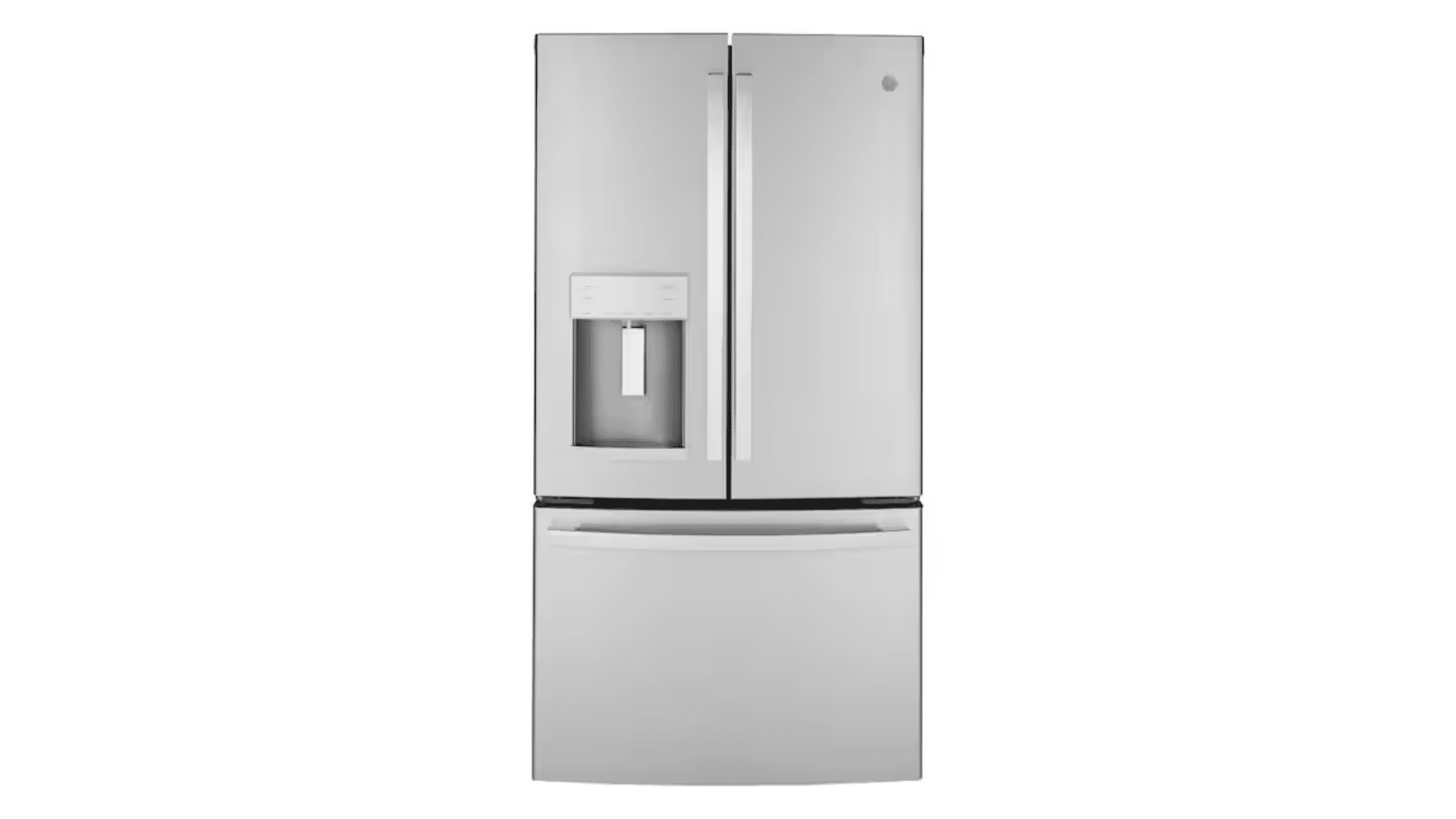
This style puts the refrigerator section on top with two open doors from the middle while the freezer sits below.
The design lets you open just half of the refrigerator when needed, which helps keep cold air inside. The bottom freezer often pulls out like a drawer for easy access.
3. Bottom Freezer Design
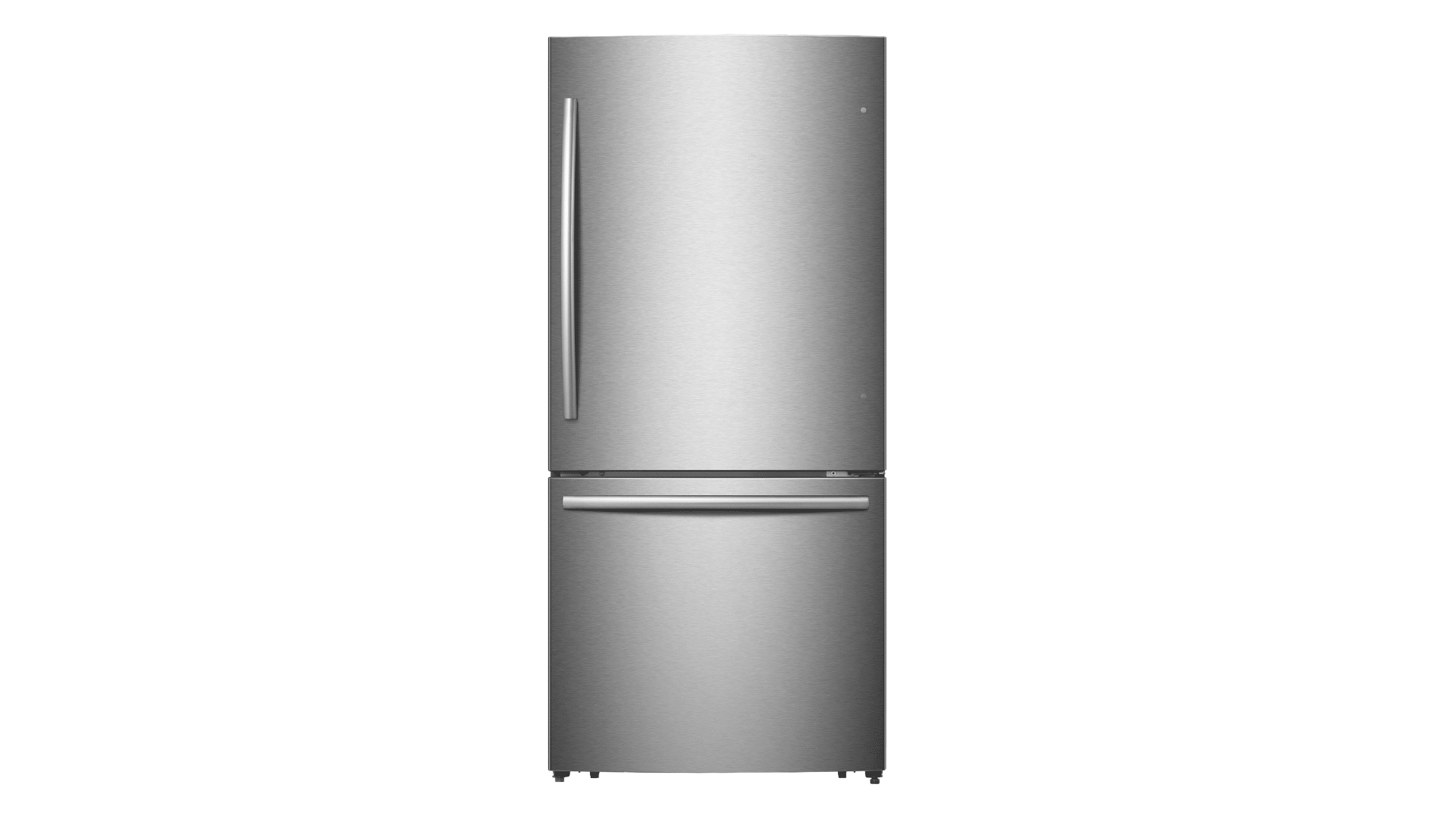
This version has one door for the refrigerator on top and a freezer drawer below.
It’s a good choice if you use fresh foods more often than frozen items, as the main refrigerator compartment sits at eye level.
Pros and Cons of a Counter-Depth Refrigerator
| Pros of Counter-Depth Refrigerators | Cons of Counter-Depth Refrigerators |
|---|---|
| Aesthetic Appeal: Streamlined look complements modern designs. | Reduced Capacity: Offers less storage than standard-depth models. |
| Space Efficiency: Does not protrude past counters, saving space. | Higher Cost: More expensive than traditional models of similar size. |
| Accessibility: Shallow shelves make items easy to reach. | Limited Variety: Fewer model and size options are available. |
| Energy Efficiency: Often includes features that reduce energy use. | Installation Constraints: This may require a more precise fit with cabinetry. |
What is a Built-in Refrigerator?
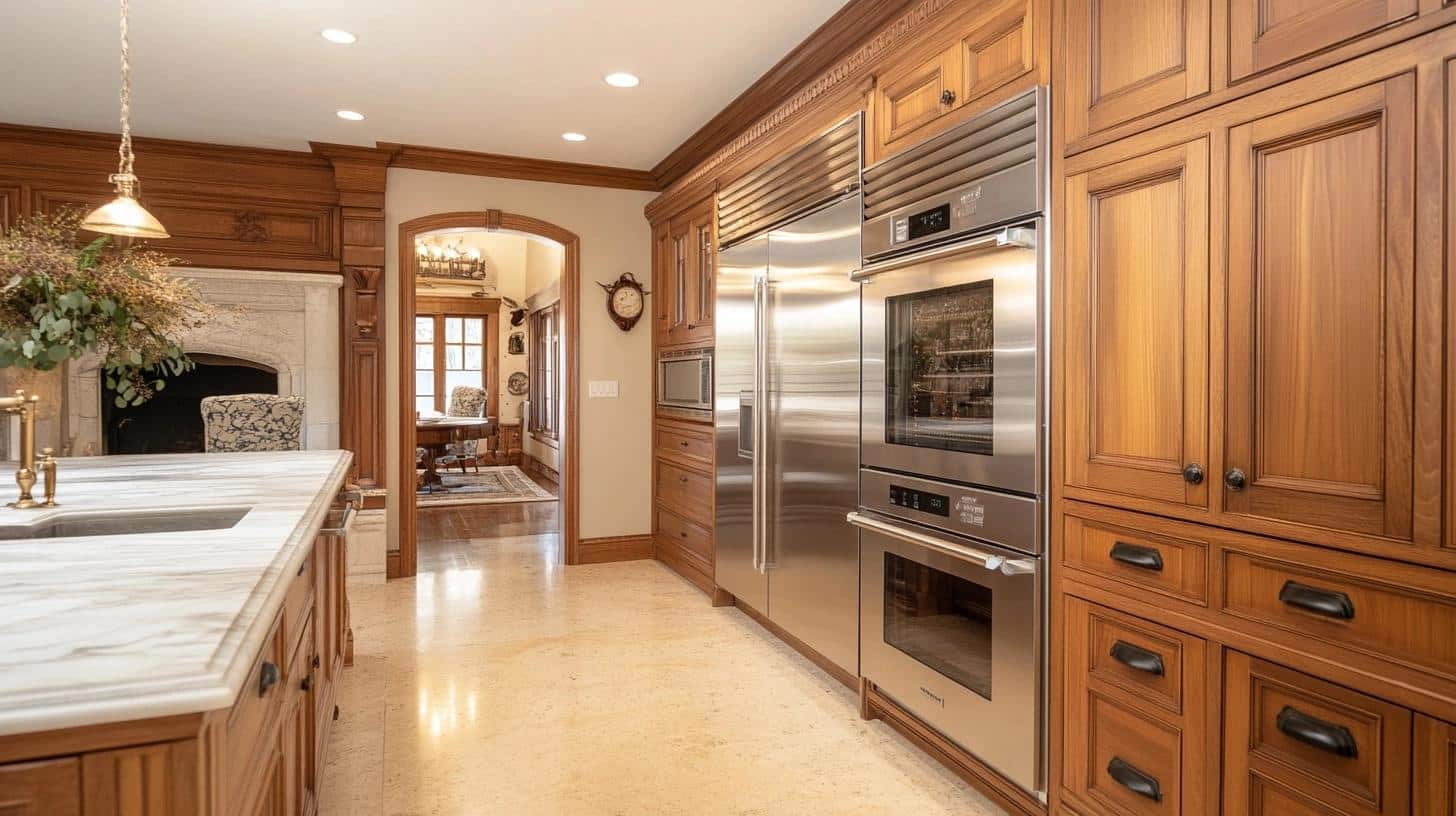
A built-in refrigerator fits directly into your kitchen cabinets, creating a smooth, uniform look.
These units sit flush with your cabinet line and often extend from floor to ceiling.
Unlike standard refrigerators, built-in models are set deeper into the wall space, making them less noticeable in your kitchen layout.
These refrigerators are usually taller than regular models but not as deep, which helps them fit perfectly with standard kitchen cabinets.
Types of Built-in Refrigerators
1. Column Units
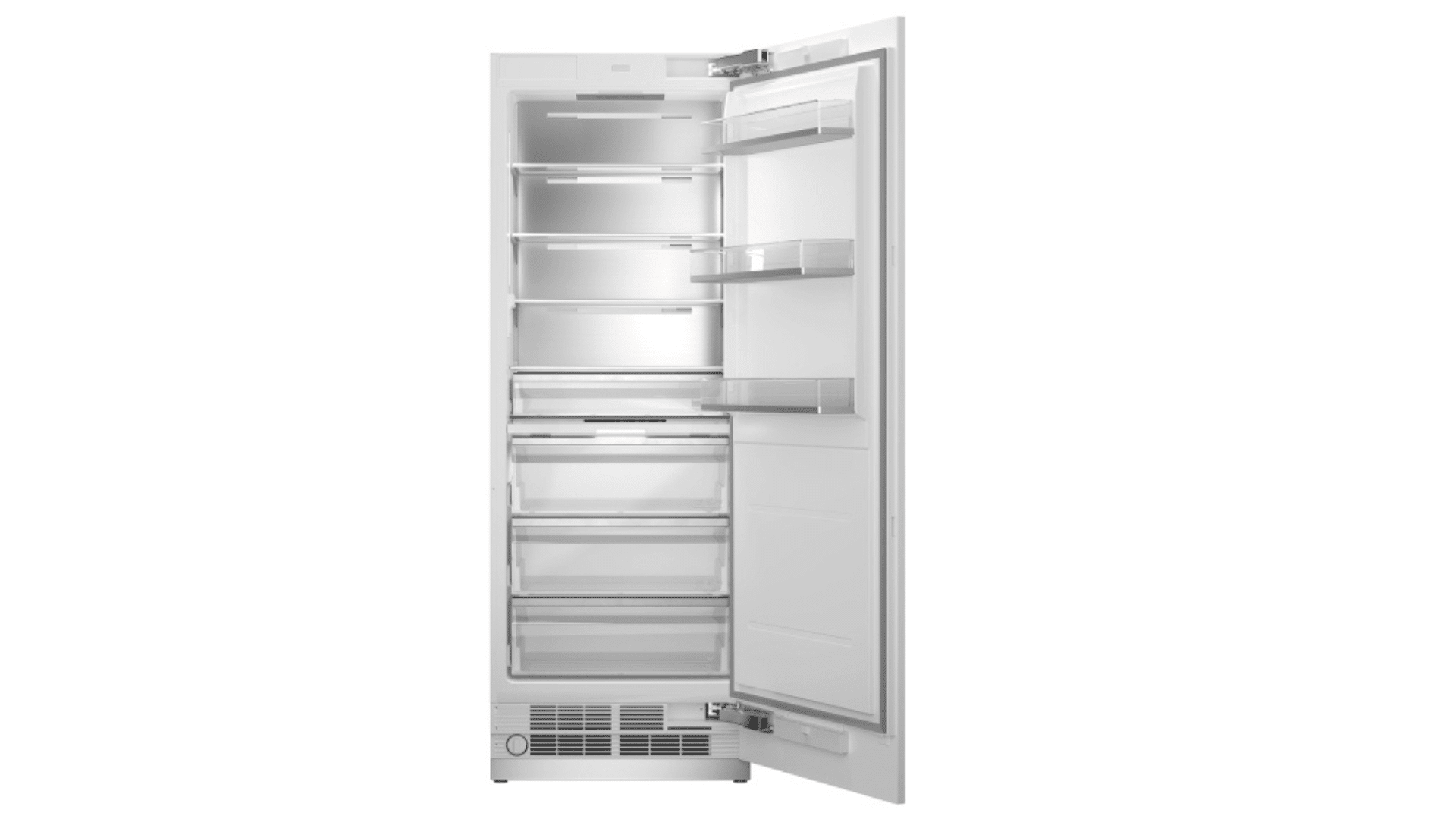
These are single, full-height units that serve one purpose—they’re either refrigerators or freezers. This setup lets you pick the exact amount of cold and frozen storage you need. You can install one unit alone or put a refrigerator and freezer column side by side.
2. Side-by-Side Design
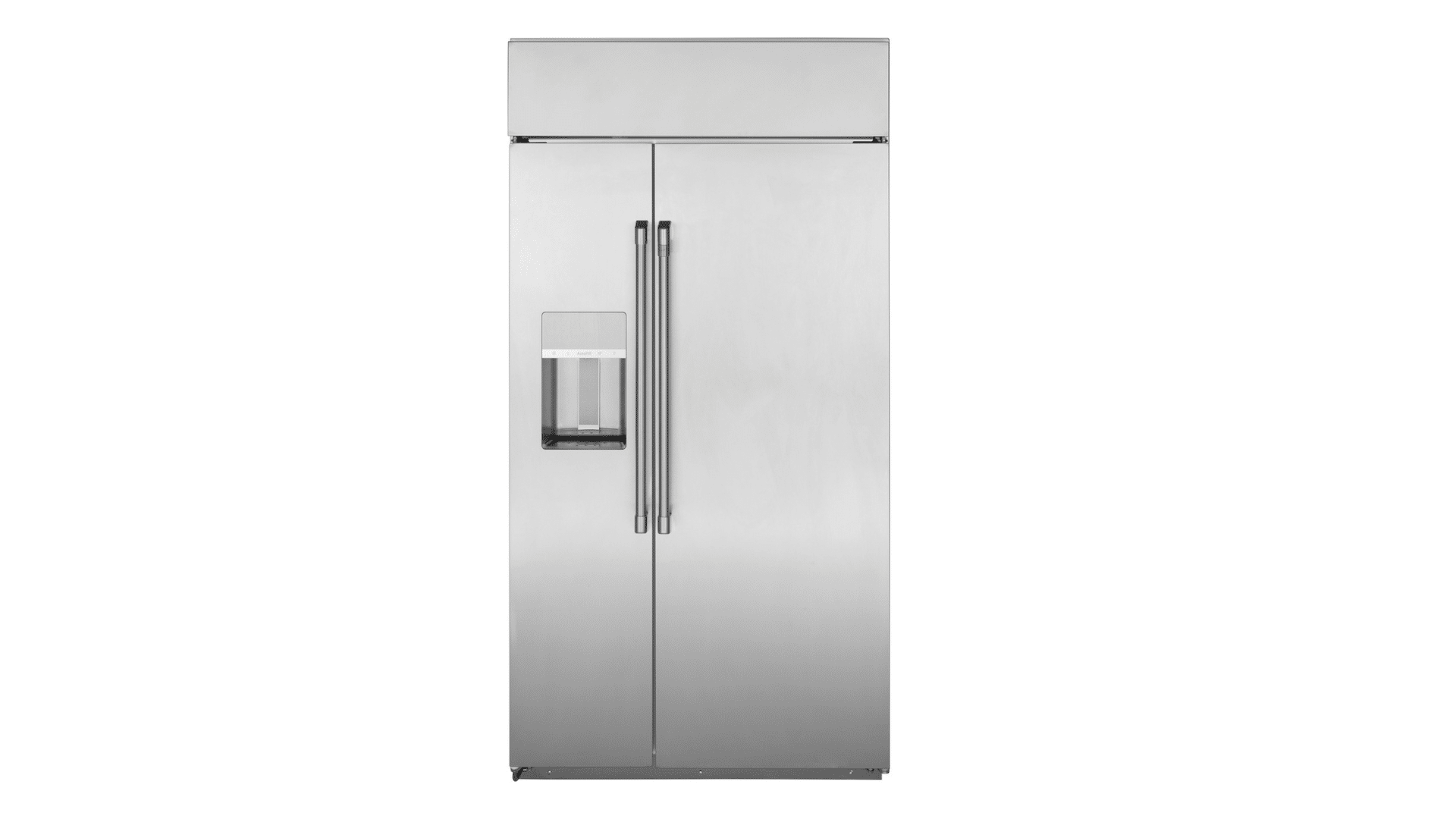
This style divides the unit vertically into two sections. One side holds the refrigerator, while the other contains the freezer. Both sections run from top to bottom, offering easy access to all your items at various heights.
Pros and Cons of a Built-in Refrigerator
Built-in refrigerators blend seamlessly with your kitchen cabinets, creating a high-end custom look that sets a new standard for kitchen design. However, this style comes with specific costs, installation needs, and size limits that need careful thought before making the choice.
| Pros of Built-in Refrigerators | Cons of Built-in Refrigerators |
|---|---|
| Customizability: Can be customized with cabinetry panels. | Higher Cost: More expensive due to custom sizes and finishes. |
| Space Efficiency: Integrated into cabinetry, saving space. | Complex Installation: Requires professional installation. |
| Larger Capacity: Taller, providing more vertical storage. | Hard to Move: Difficult to relocate due to integration. |
| Home Value: Increases home value with high-end functionality. | Maintenance Costs: May incur higher maintenance costs. |
Here’s What You’ll Need for Installing a Built-In Fridge
Installing a built-in fridge starts with the right tools and materials. This complete list covers everything from basic hand tools to specific mounting hardware, ensuring you won’t need to pause your installation for emergency supply runs.
- Built-in refrigerator (appropriate model and size)
- 2×4 Wood Boards (for anti-tip boards)
- 1/4-Inch Saddle Valve (with union and copper tubing for water connection)
- Flexible Water Tubing (if compliant with local codes)
- Wood Screws (sufficient length for secure installation)
- Tape (for securing water tubing)
- Level (for ensuring the refrigerator is balanced)
- 5/16 Inch Socket Driver (for adjusting leveling bolts)
- Drill and Drill Bits (for wall installation)
- Measuring Tape (for accurate measurement)
- Utility Knife (for adjusting components as needed)
7-Step Guide to Installing a Built-In Refrigerator
Installing a built-in refrigerator requires specific tools and materials to ensure a safe, proper fit in your kitchen cabinetry.
Before you start the project, gather these essential items to make your installation smooth and avoid any mid-project trips to the hardware store.
1. Prepare the Space
Ensure the installation area is level and can support the refrigerator’s weight. Confirm space dimensions: height 84 inches, width 35.5 to 47.75 inches, and depth 24 inches.
2. Safety Compliance
Keep flammable materials away. Install anti-tip boards behind the refrigerator for stability.
3. Water Supply Connection
Use a 1/4-inch saddle valve for the water connection. Ensure the water valve is easily accessible and not self-piercing.
4. Secure Installation
Fasten anti-tip boards to the wall and ensure they overlap the rear of the unit by at least two inches for safety.
5. Connect Water Line
Attach the water supply line to the fridge. Extend the line using flexible tubing if needed, ensuring it doesn’t leak.
6. Level and Align
Adjust the leveling bolts to ensure the fridge is perfectly level and aligns with the surrounding cabinetry.
7. Final Checks
Install the grille and base panel. Connect to a grounded outlet, turn on the refrigerator, and check for any leaks. Adjust controls as needed and confirm proper operation before use.
Here’s the YouTube video for a detailed explanation:
Accessibility Features to Consider for Built-In Refrigerators
When installing a built-in refrigerator, considering accessibility can make kitchen tasks easier and safer, especially for households with elderly members, children, or individuals with disabilities.
Here are some modifications and features that can enhance the usability of a built-in refrigerator.
Pull-Out Bins and Drawers
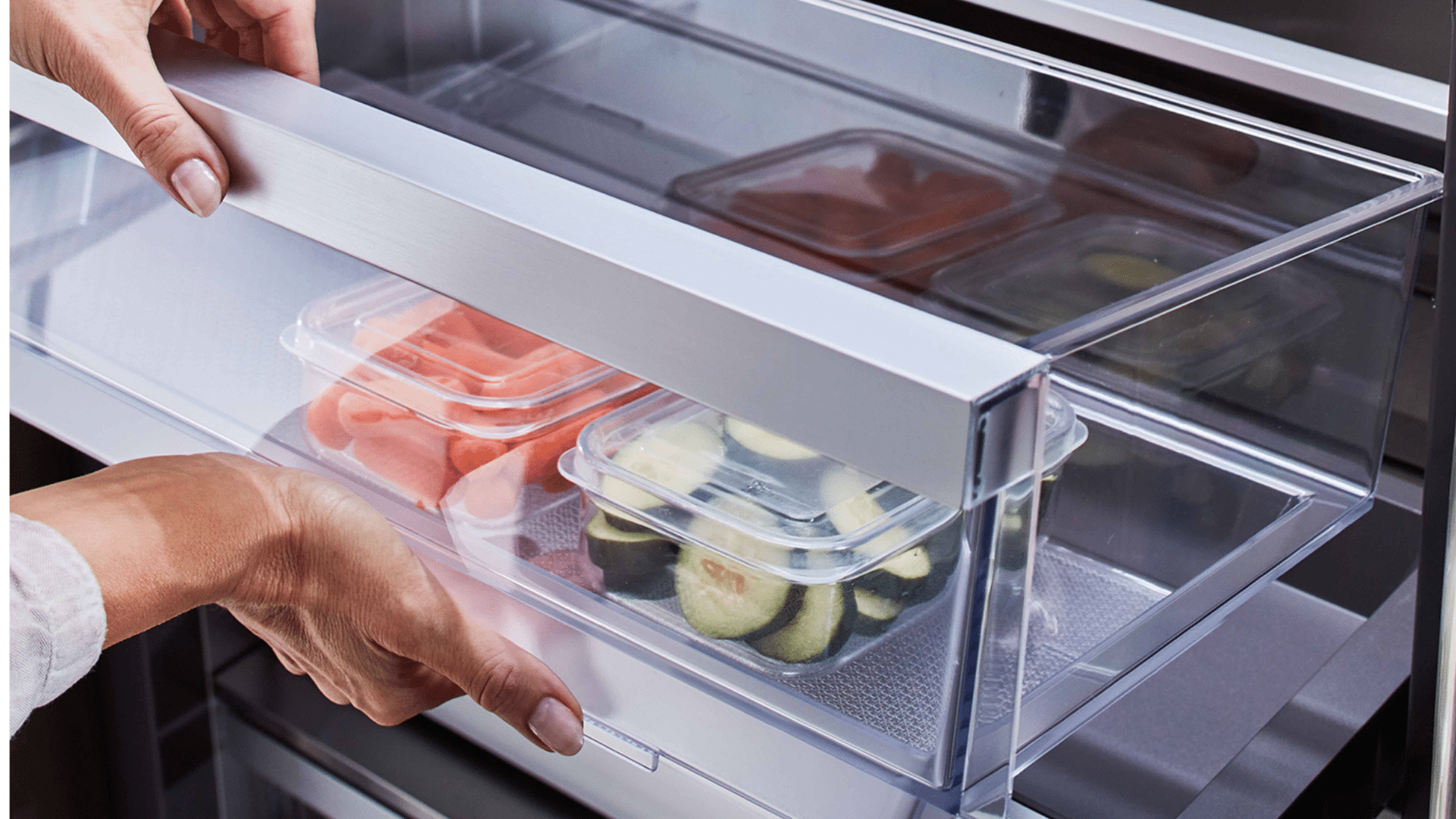
Equip the refrigerator with pull-out bins and drawers. These features make accessing items stored at the back easier, reducing the need to dig through contents.
Easy-Open Doors
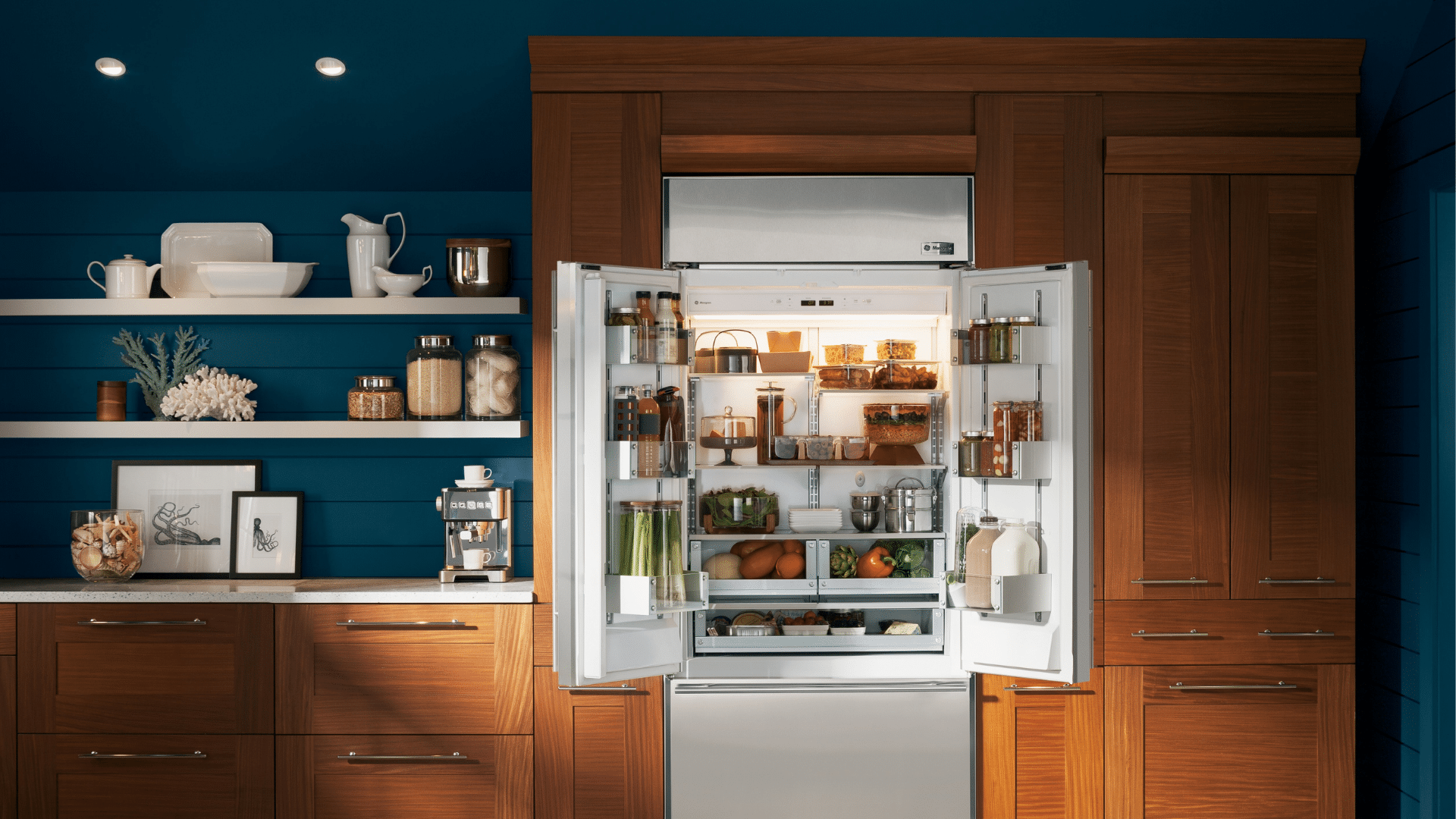
Install handles that are easy to grip and operate. For those with limited hand strength, consider push-button mechanisms that release the door seal without requiring much force.
Voice Control Integration
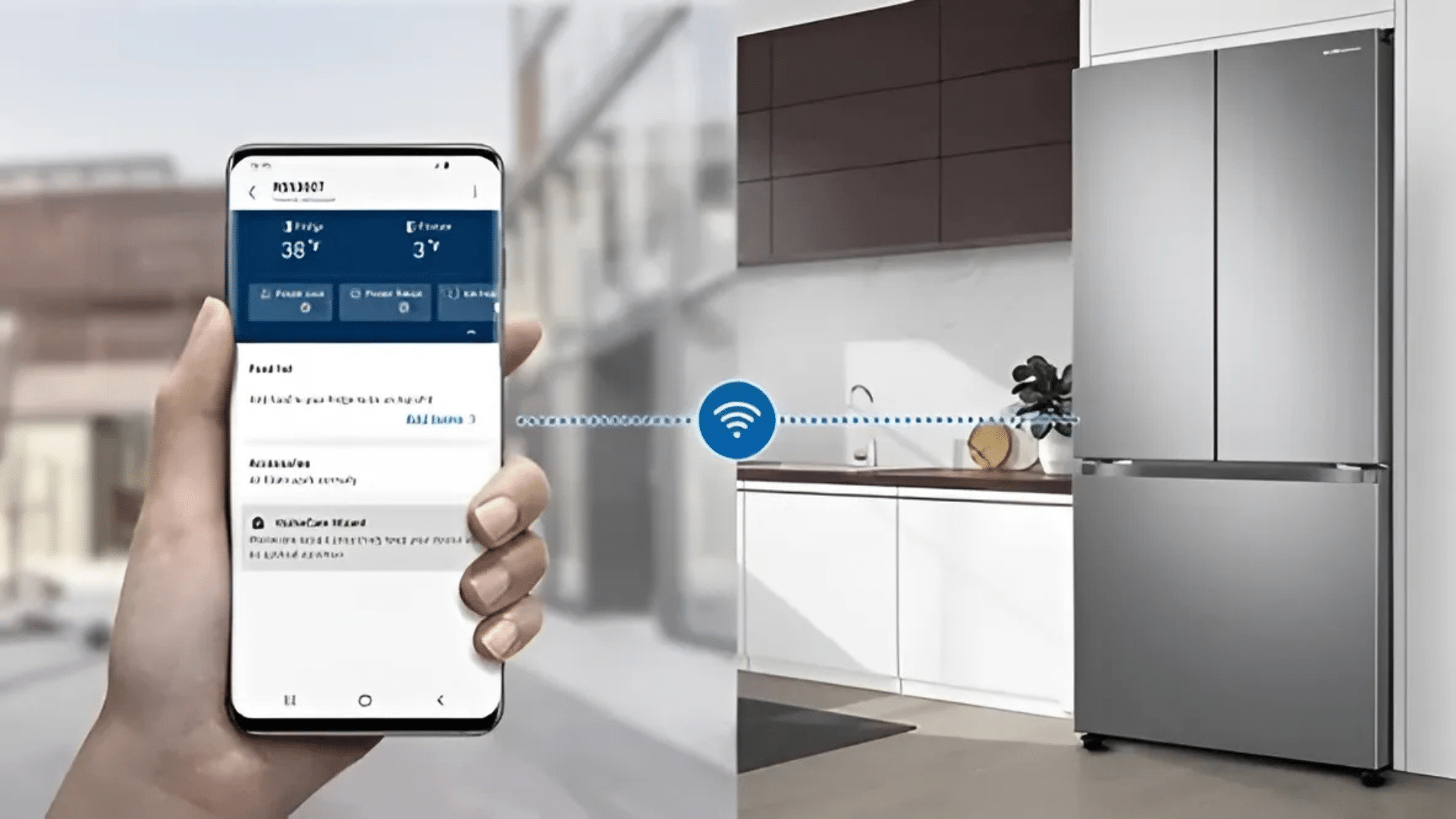
For tech-savvy homes or individuals with mobility limitations, integrating voice control through smart home systems can allow users to adjust settings or receive notifications about the refrigerator’s status without physically interacting with it.
Choosing the Right Refrigerator for Your Kitchen
Picking a new refrigerator is an important choice for your kitchen. The right model will fit your space well, keep your food fresh, and work perfectly with your daily kitchen habits.
1. Assess Your Space
Before buying a refrigerator, take exact measurements of your kitchen space. Write down the width, height, and depth of the area where you’ll put your new fridge. Don’t forget to add extra space around the unit – you need room for:
- Good air flow to keep the motor running well
- Door swing space (including any nearby walls or islands)
- Space to move groceries in and out easily
2. Determine Your Needs
Think about how your family uses the refrigerator:
- How many people live in your home?
- How often do you go grocery shopping?
- Do you store lots of frozen foods?
- Do you need wide shelves for party platters?
Based on these needs, pick from these main types:
- Top Freezer: Good basic storage, less expensive
- Bottom Freezer: Makes fresh food easy to reach
- French Door: Wide shelves, good for large items
- Side-by-Side: Equal access to fresh and frozen foods
- Counter-Depth: Fits flush with counters
- Built-In: Fits into your cabinet design
3. Set Your Budget
Make a smart money choice by looking at:
- The price tag of different models
- Monthly power bills (newer units often use less power)
- Repair costs over time
- Features you’ll actually use versus fancy add-ons
Conclusion
Built-in models offer a custom, fitted look but cost more and need specific installation. Counter-depth options give a near-flush finish while being more budget-friendly.
Consider your long-term plans when picking a fridge. Consider how much food storage you need, your kitchen’s style, and how much you want to spend.
Take time to measure your space, check prices, and look at different models in person. Your fridge will be part of your kitchen for many years, so careful planning now leads to lasting satisfaction with your choice.
FAQ (Frequently Asked Questions)
Do You Lose a Lot of Space with a Counter-Depth Refrigerator?
Yes, counter-depth fridges typically offer 20-25% less storage than standard models, as they’re about 6-8 inches less deep to align with kitchen counters.
Why are Counter Depths More Expensive?
Counter-depth refrigerators cost more because they need special design and manufacturing to fit perfectly with cabinets while maintaining good storage through increased height or width.
What Size Refrigerator for a Family of 4?
A family of four typically needs a refrigerator with 18-22 cubic feet of space. This size gives enough room for weekly groceries and leftovers.

